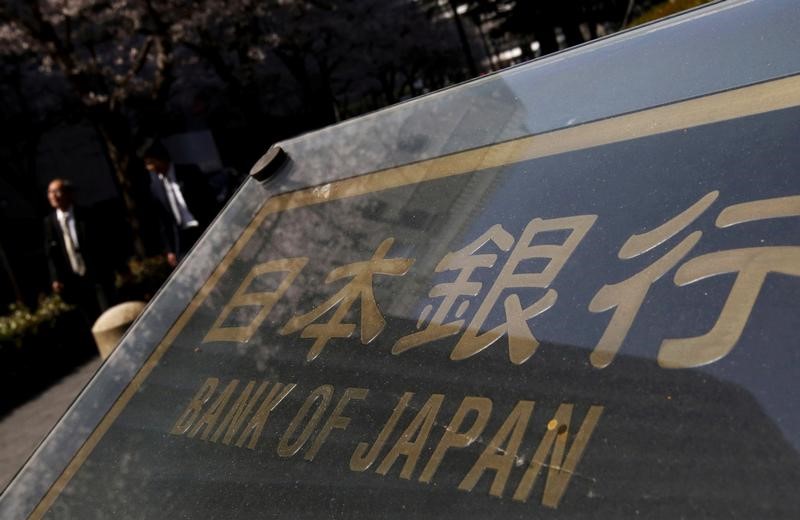By Leika Kihara
TOKYO (Reuters) - Bank of Japan policymakers disagreed on how much emphasis the central bank should place on the size of its bond purchases under a new framework targeting interest rates, minutes of its Nov. 1 rate review showed, highlighting the challenges of navigating the complex policy scheme.
The BOJ shifted its target from the pace of money printing to interest rates under the new framework adopted in September. It guides short-term interest rates at minus 0.1 percent and the 10-year government bond yield around zero percent.
But the central bank also maintained loose guidance that it will continue buying government bonds so that the balance of its holdings increases at an annual pace of 80 trillion yen (555 billion pounds), likely intended to appease board members who argued that heavy money printing helps heighten inflation expectations.
At the two-day policy meeting that ended on Nov. 1, one board member said the guidance on the bond buying amount could gradually be phased down "over the course of time" as the BOJ would likely achieve its yield targets with fewer purchases, the minutes showed on Monday.
But a few board members insisted that the central bank maintain the guidance because deleting it could send "a wrong signal to markets by making it appear as if the BOJ was considering tapering its asset purchases, the minutes showed.
The debate sheds light on the lingering gap in views among the nine-member board over the new policy framework. Governor Haruhiko Kuroda has said the BOJ may slow its bond buying if it can meet its yield targets while buying fewer bonds.
But advocates of aggressive money printing, such as Deputy Governor Kikuo Iwata, have said the BOJ should focus on huge bond purchases even under the new framework targeting interest rates.
At the Nov. 1 meeting, the BOJ held off on expanding stimulus despite pushing back once again the timeframe for hitting its 2 percent inflation target.
